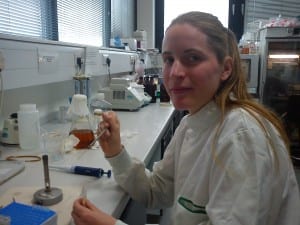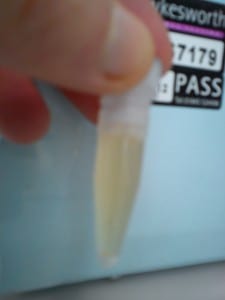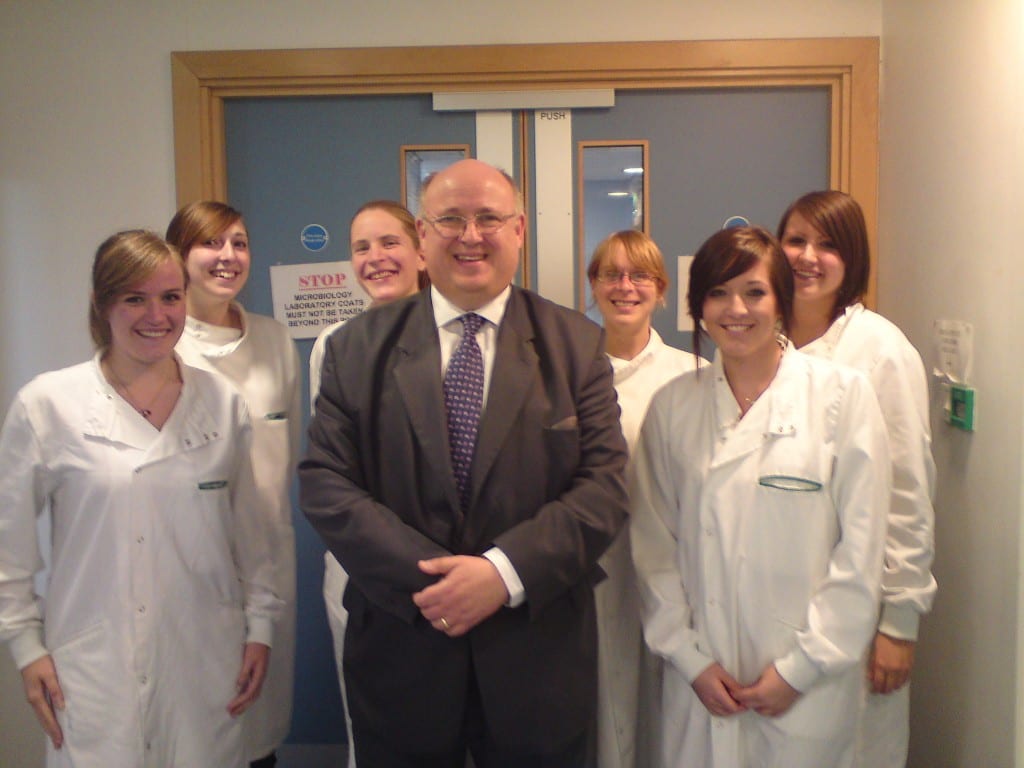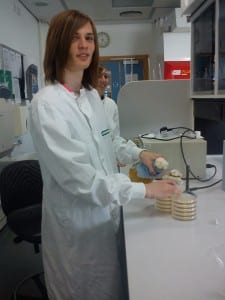Today we pippetted out the agar into plastic tubes we autoclaved to maintain a sterile environment and avoid contamination of the bacteria. (WARNING; agar sets quickly-had to make agar again), Second attempt agar once cooled BUT NOT SET we continued to pippete into the plastic tubes. Once the agar was set we could then follow the correct sterile techniques to produce “stabs” into the agar, using the successfully grown streak plates. We correctly labelled each one to identify them according to strain used, and from which culture. These we recorded as successfully grown from the originally stored samples, and stored as “stabs”.


We were disappointed we ran out of time and was unable to produce the glycerol mixture with the samples in the broth. But we want to come back (during term time or a a fuure holiday period) to complete the job.
The remainder of this day was spent finishing off any jobs that we still had to complete, this included the rest of the “stab” cultures and checking the P.acnes plates as well as gram staining some friendly E.coli to confirm thier identity. We also made sure that the technical staff knew exactly what had been completed over the past two weeks and the records were up to date in order for others to carry on after our work.

p.s this is Keiran











